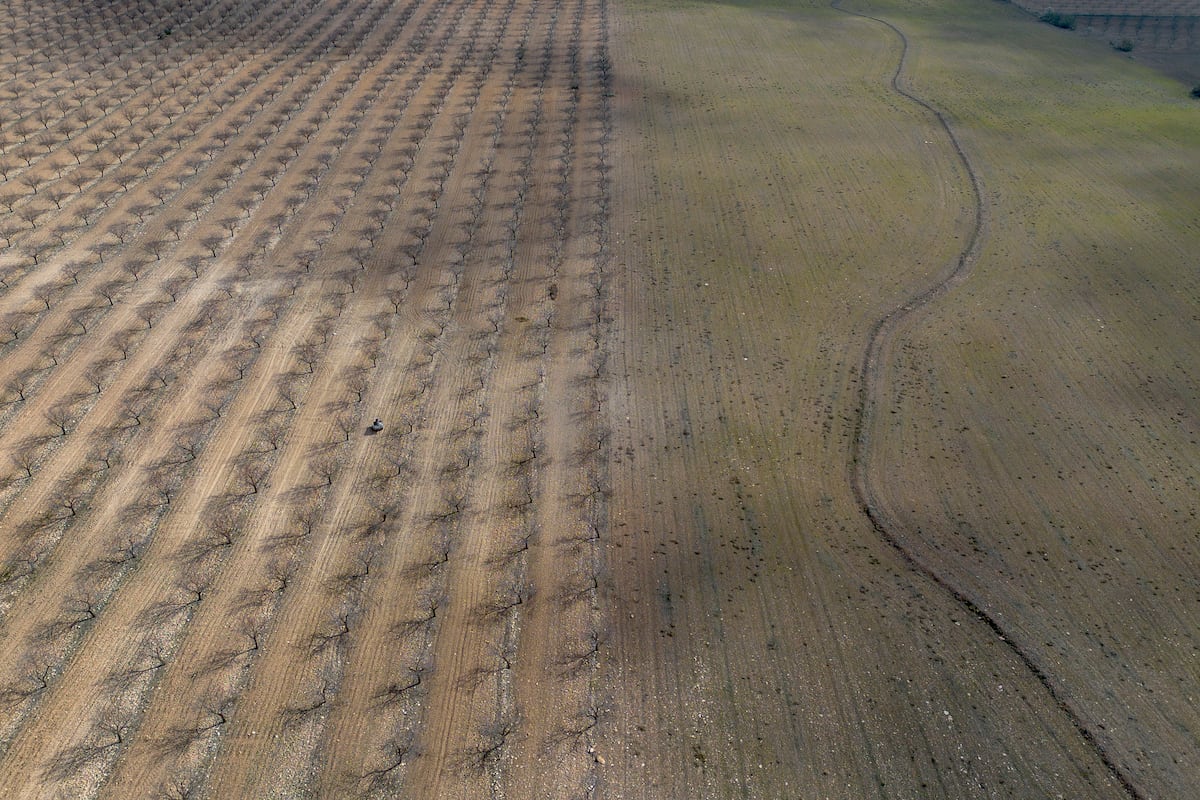Logging, fires and agriculture are causing mountain forests to disappear at an increasingly rapid rate, according to a new study released Friday.
Mountains are home to 85% of the world's birds, mammals and amphibians, especially in forests, which makes the loss of these alarming for biodiversity.
Shifting cultivation
Mountain forests covered 1.1 billion hectares of the planet in 2000, according to the authors of this study published in the journal One Earth.
But at least 78.1 million hectares, or 7.1% of the total, disappeared between 2000 and 2018, they determined using satellite data.
This represents an area larger than the size of Texas.
And the pace of their disappearance is accelerating: recent losses were 2.7 times greater than at the beginning of the century.
The authors of this work warn in particular that the areas most affected (42% of the total), and which are also seeing the greatest acceleration, are the tropical mountain forests, which are home to a treasure of diversity and are home to many endangered species.
"Loss in the mountains of forest in the tropics is increasing very rapidly, more than in other regions," Zhenzhong Zeng, co-author of the study, told AFP.
"And the biodiversity is very rich in these places, so the impact is immense."
Read alsoBiodiversity: “historic” agreement to protect the land and the oceans
Altitude and steep slopes have historically limited human exploitation of these forests, the researchers note.
But since the turn of the century, they have increasingly been targeted for their timber and agriculture.
Logging is responsible for 42% of mountain forest loss, followed by forest fires (29%), shifting cultivation (15%), and permanent or semi-permanent agriculture (10%). according to the study.
Shifting cultivation involves clearing land and using it for a few years before abandoning it until it becomes fertile again.
“The factors are different for different regions,” Zhenzhong Zeng explained.
“For the boreal zones, it is caused by climate change, because there is a rise in temperatures” particularly marked in the Arctic, favoring the fires, he told AFP.
"We need to reduce the use of fossil fuels to slow down climate change," he stressed.
Protected areas
The expansion of agriculture is the most important factor for the losses recorded in Southeast Asia.
"People plant more rubber trees or oil palms to get more product," says Zhenzhong Zeng.
And they "need more land to grow corn and feed their chickens."
Shifting cultivation takes place mainly in Africa and South America.
According to the study, the loss of mountain forests is most pronounced in Asia: 39.8 million hectares, or just over half of the total lost.
South America, Africa, Australia and Europe also recorded significant losses.
"For tropical areas, people need to live with the forest, not cut down the forest," said the researcher.
In some areas, scientists have observed regrowth, but not always of local species, and especially without compensating for the losses, underlined Xinyue He, also co-author of the study.
Efforts to preserve forests must be stepped up, she said, with more controls and regulations.
“Establishing protected areas can help reduce losses,” she says.







/cloudfront-eu-central-1.images.arcpublishing.com/prisa/RSVSTQFDNZHWVNNUYWZ2MAMOUE.JPG)

